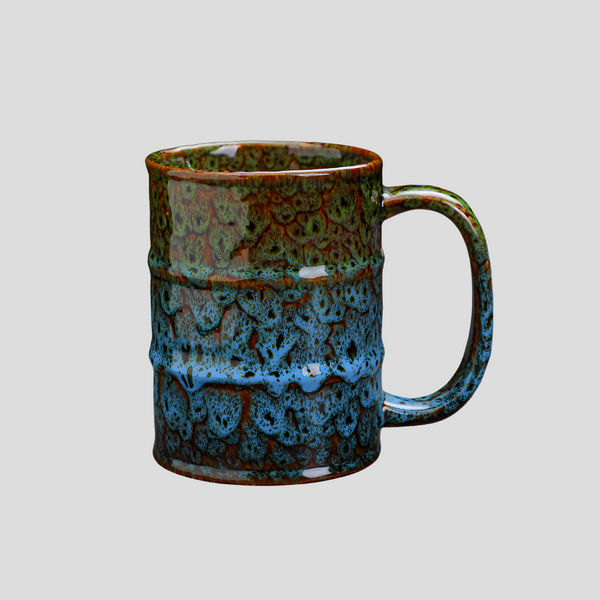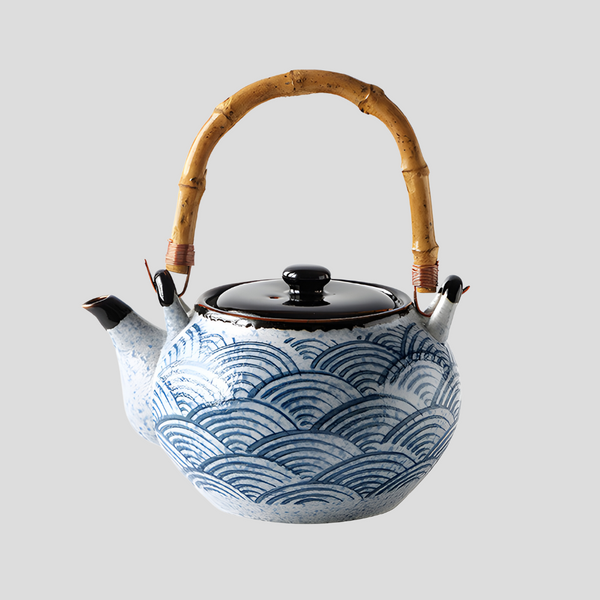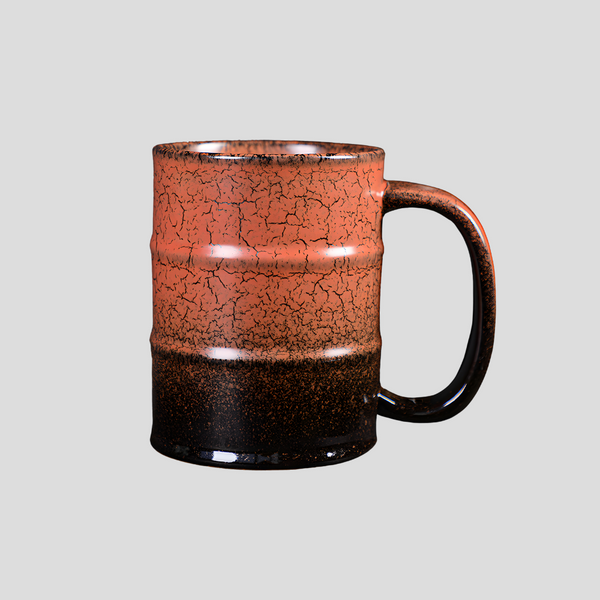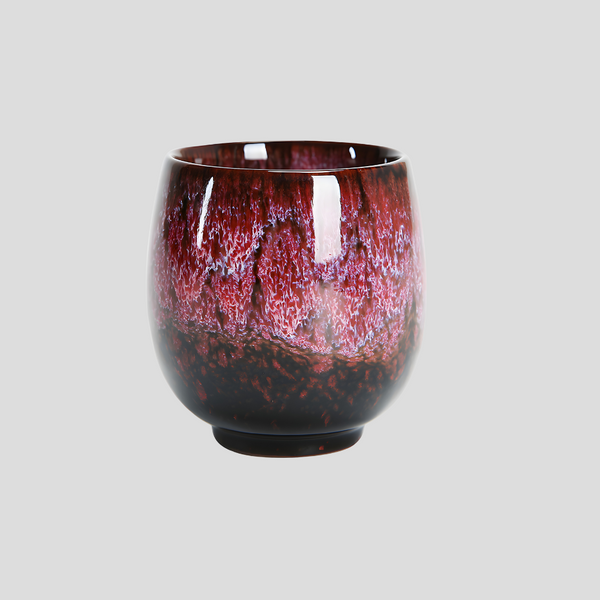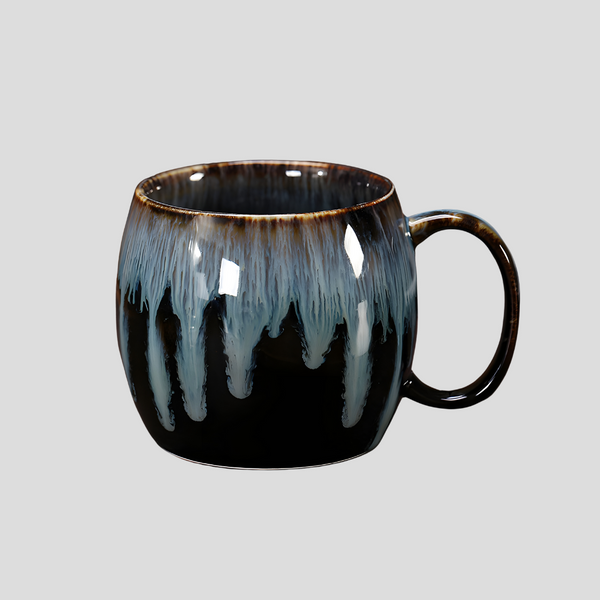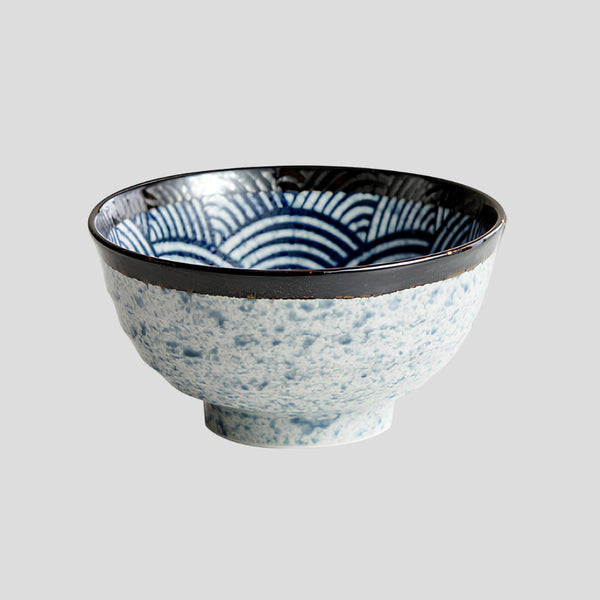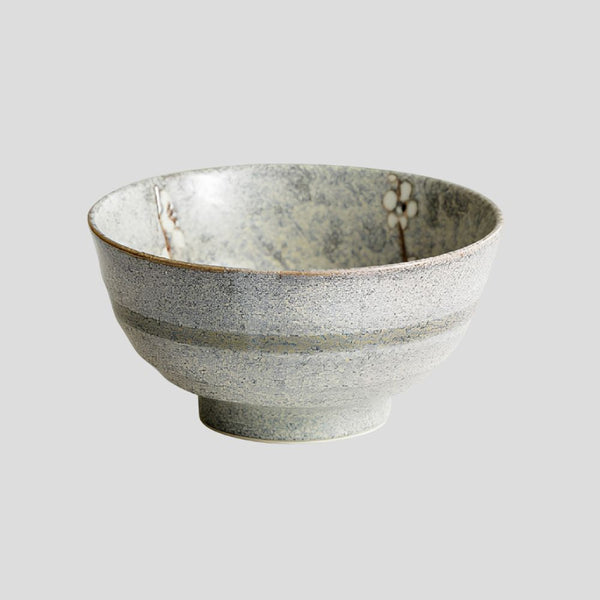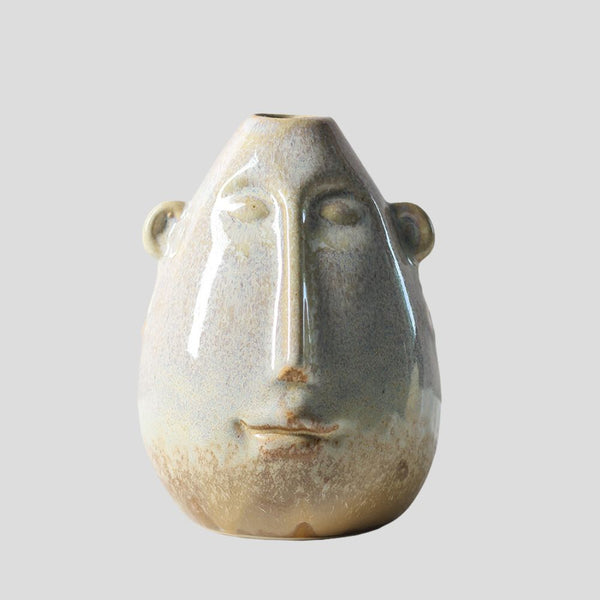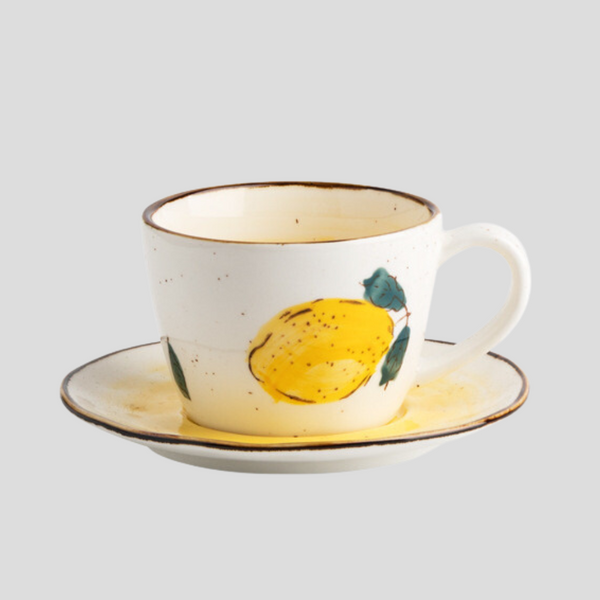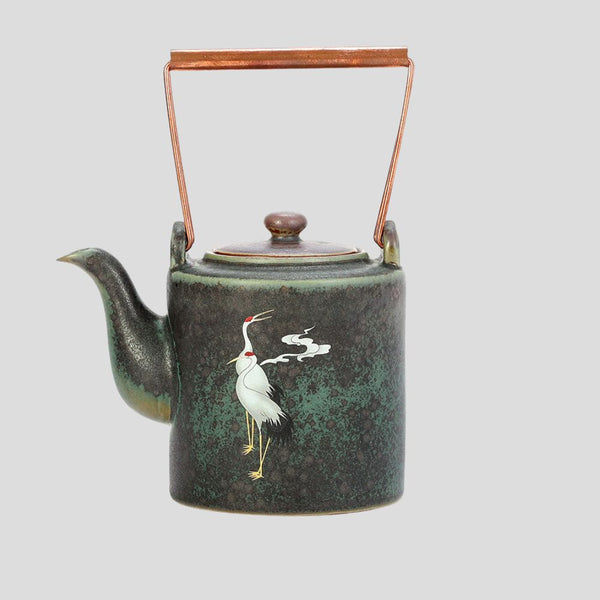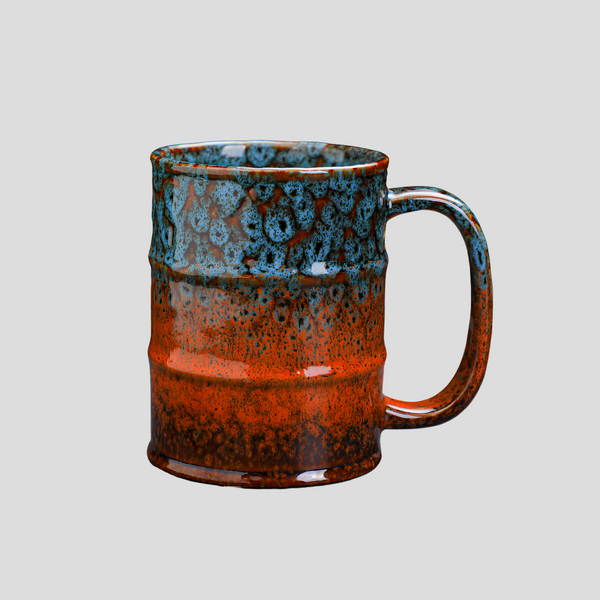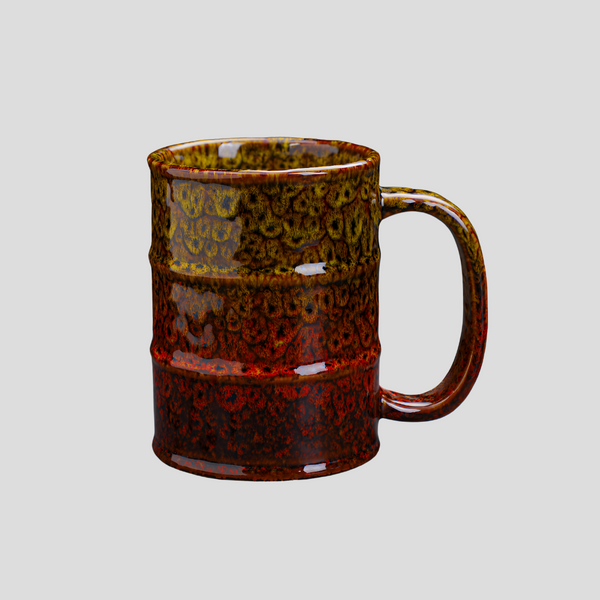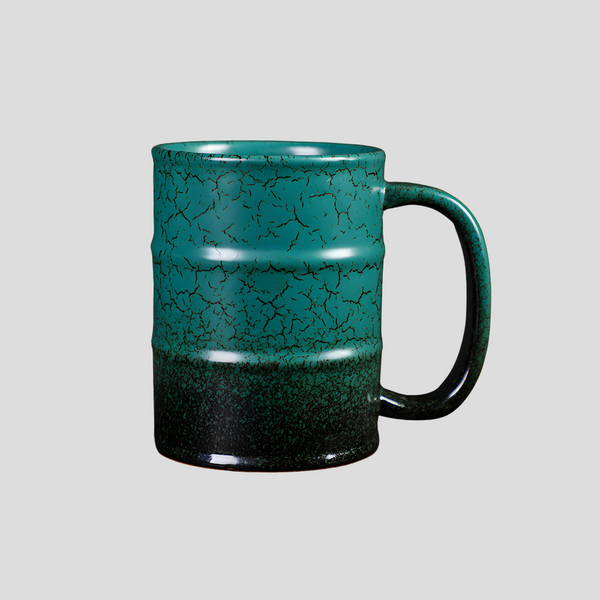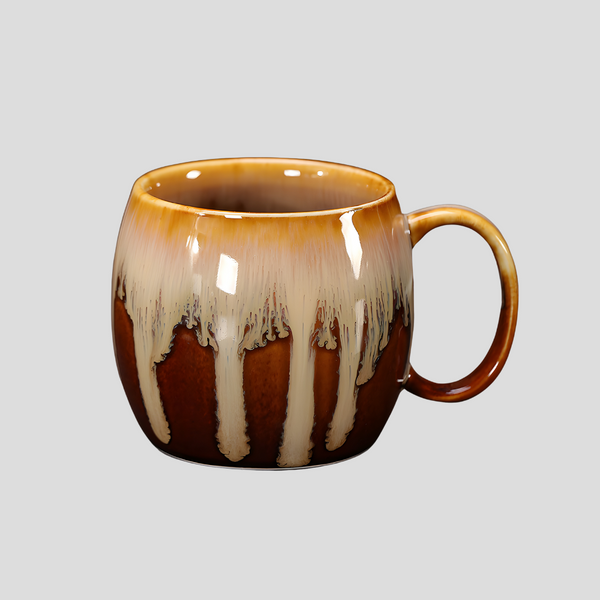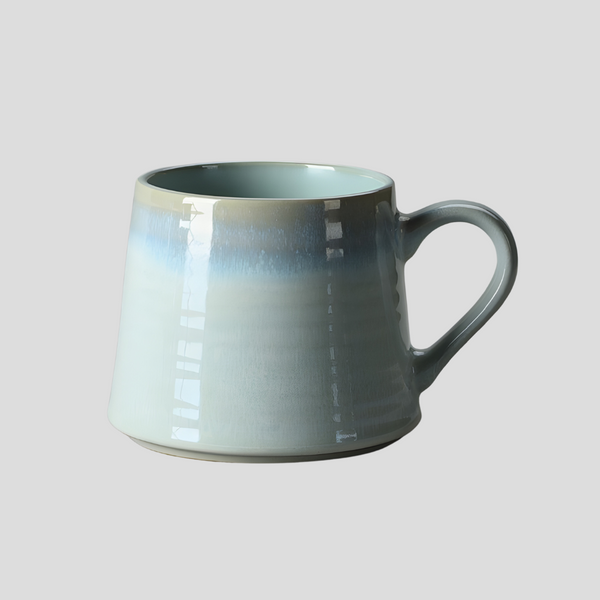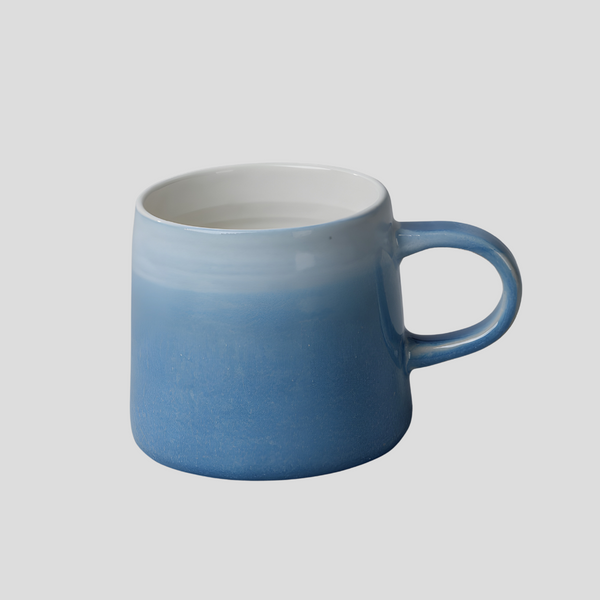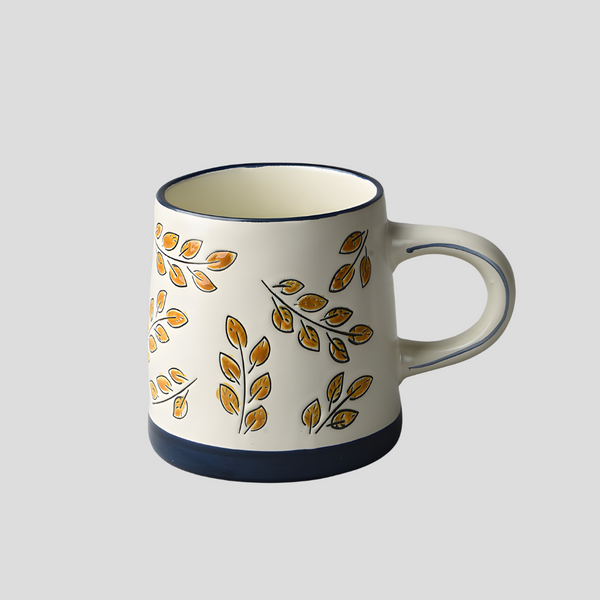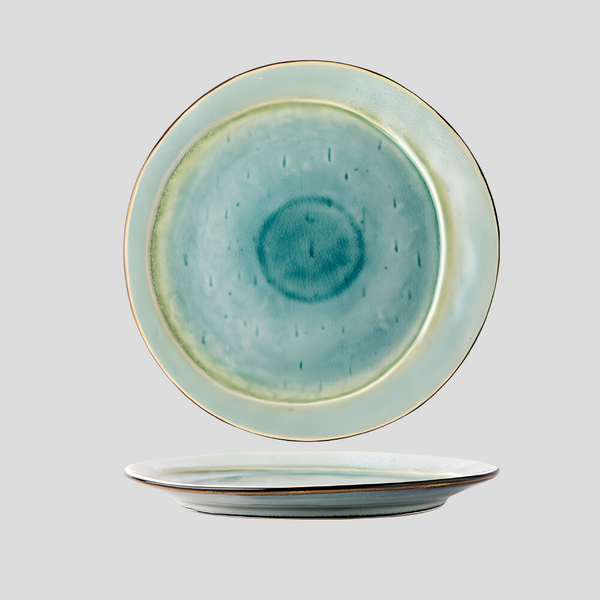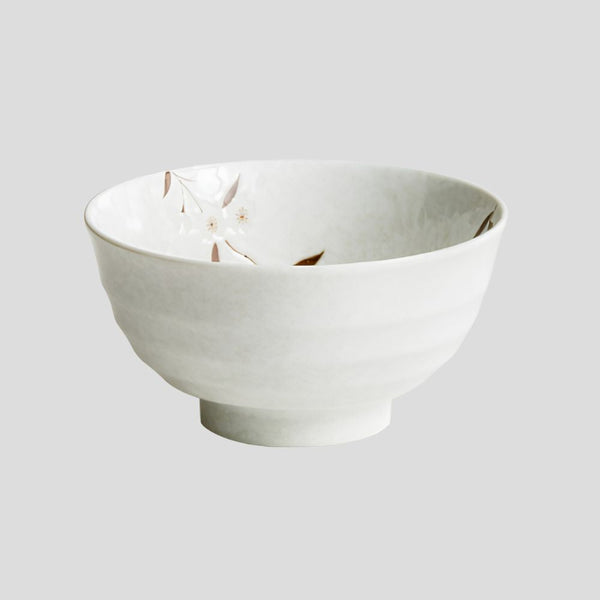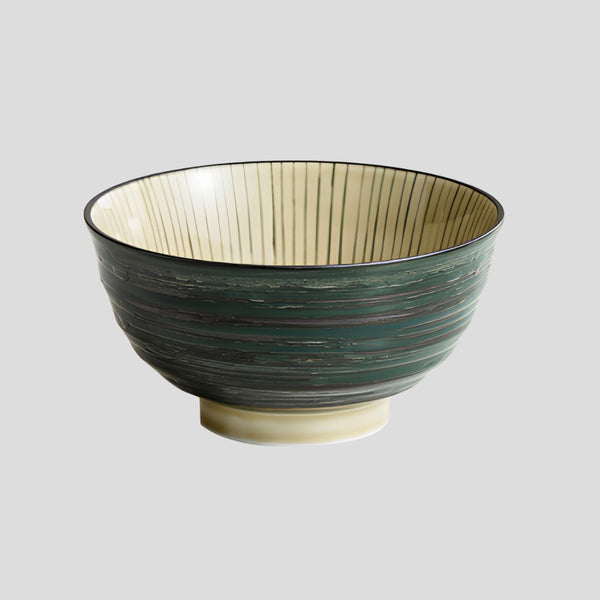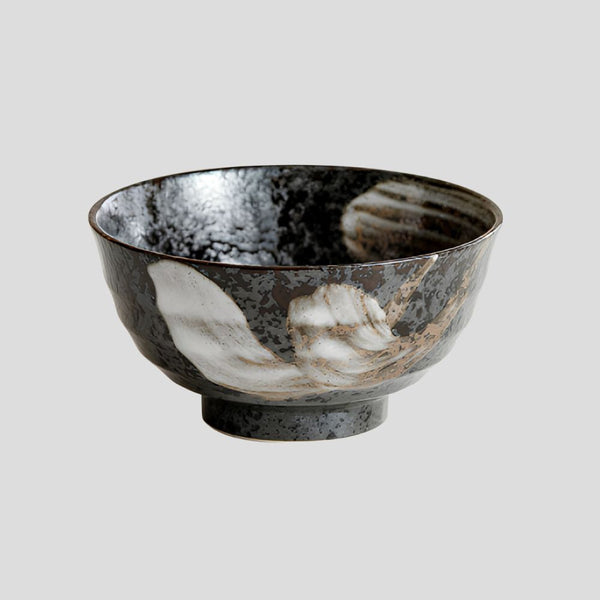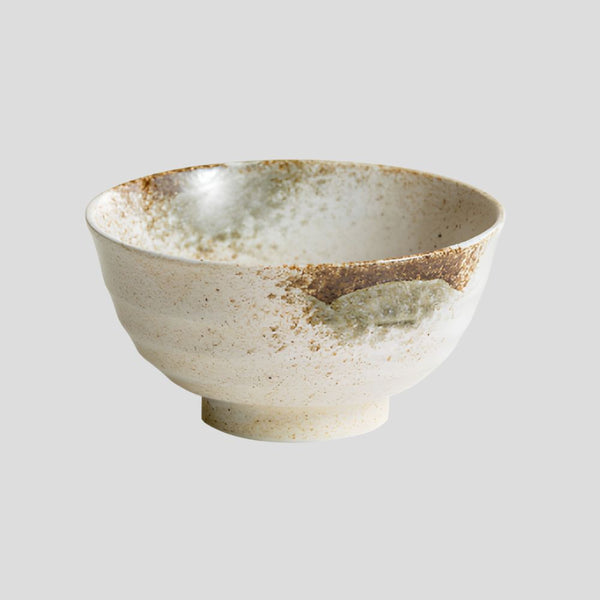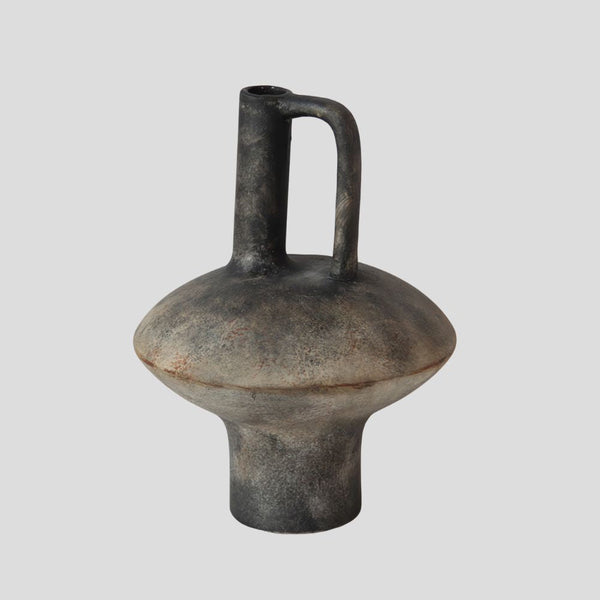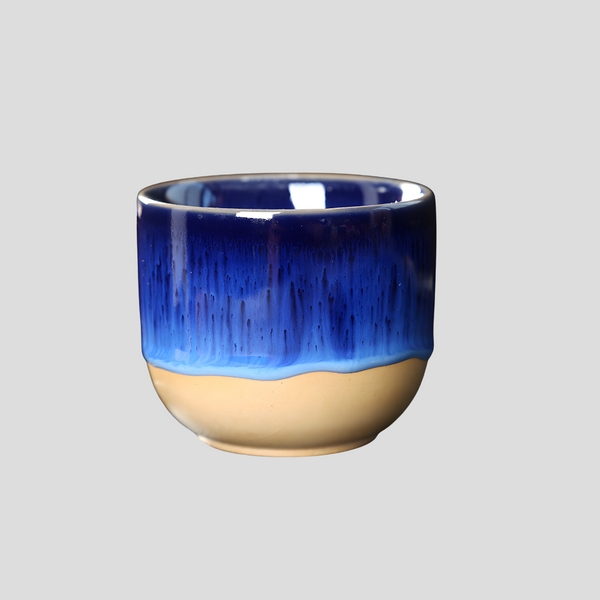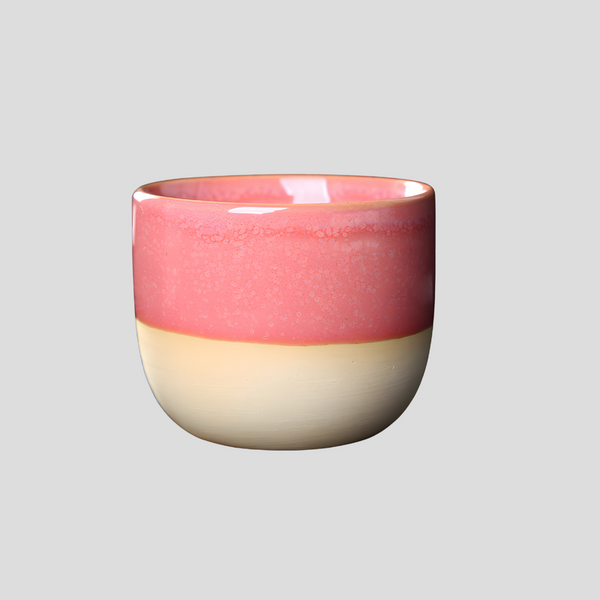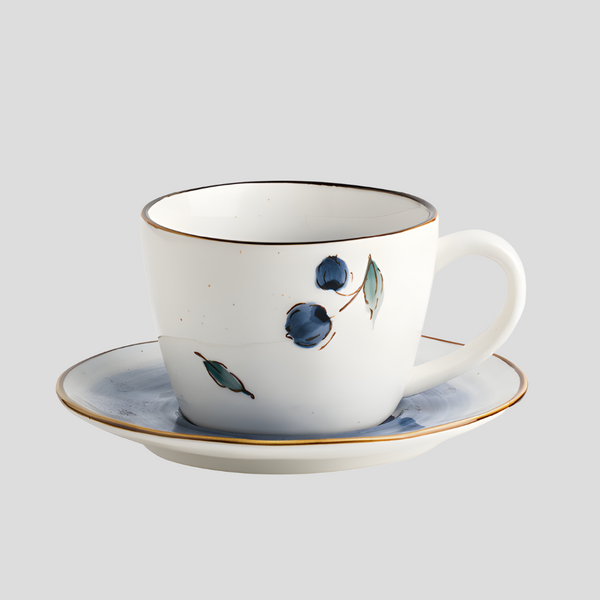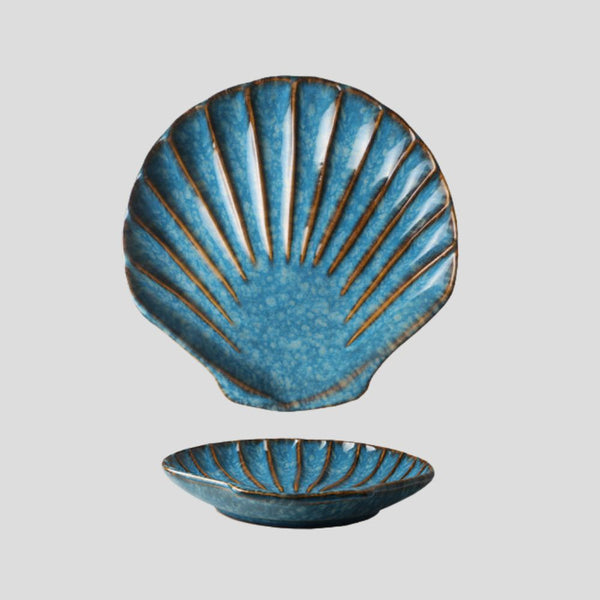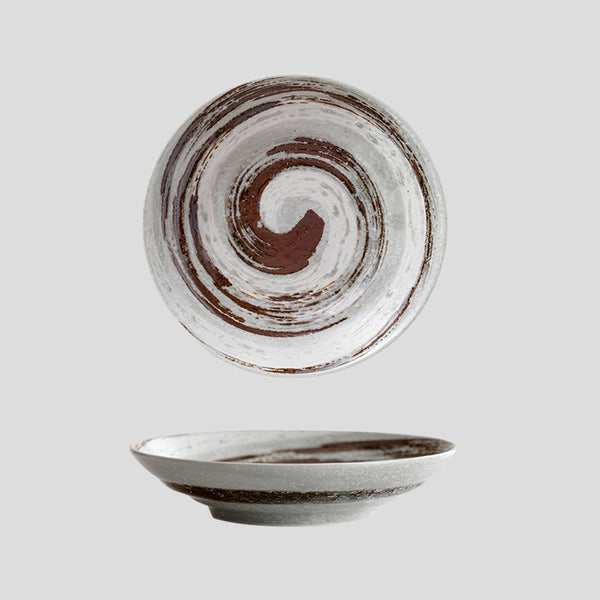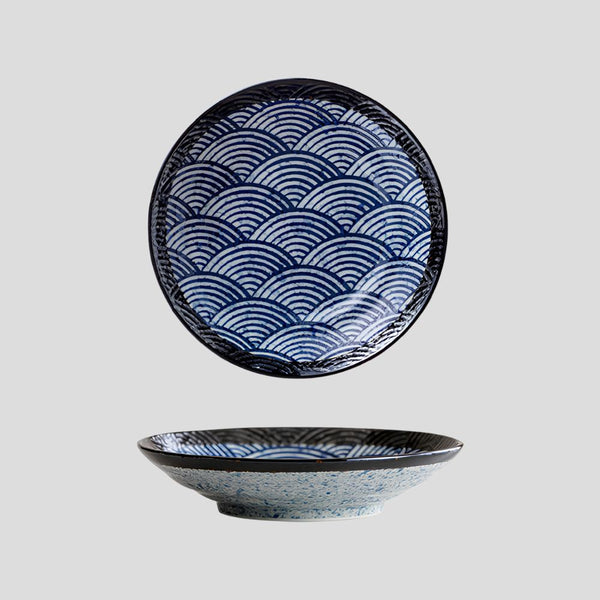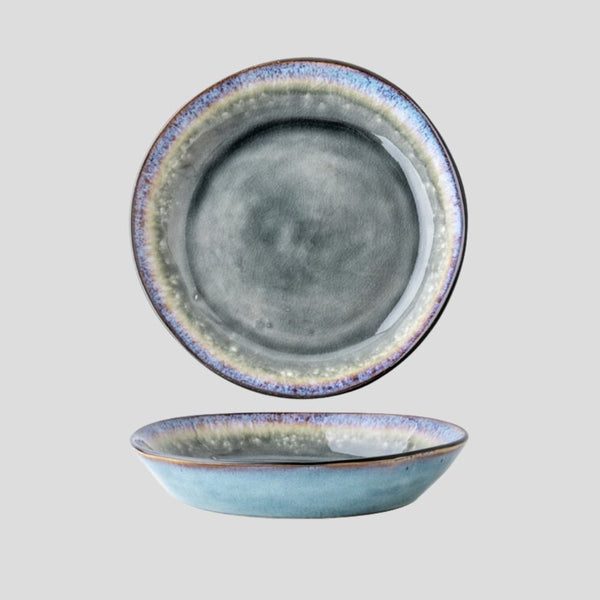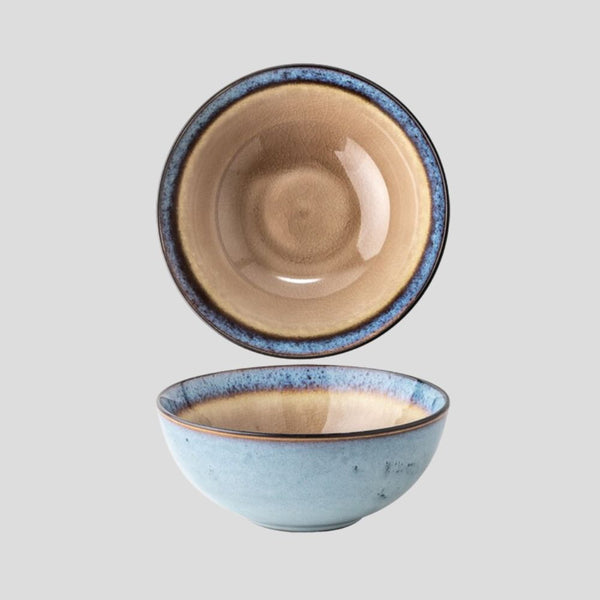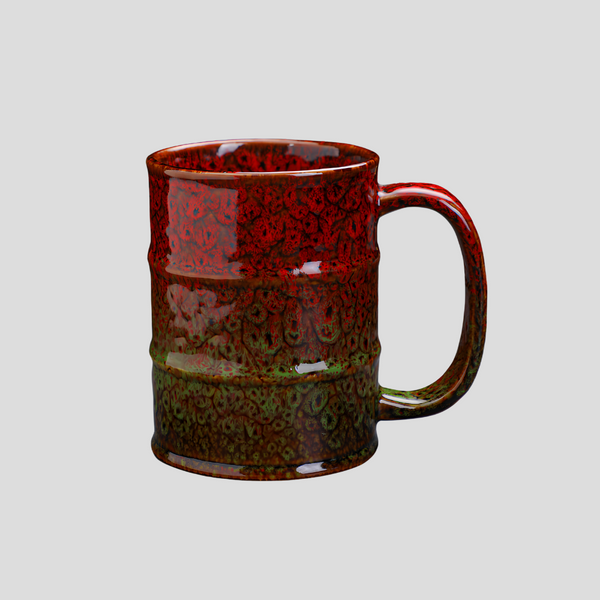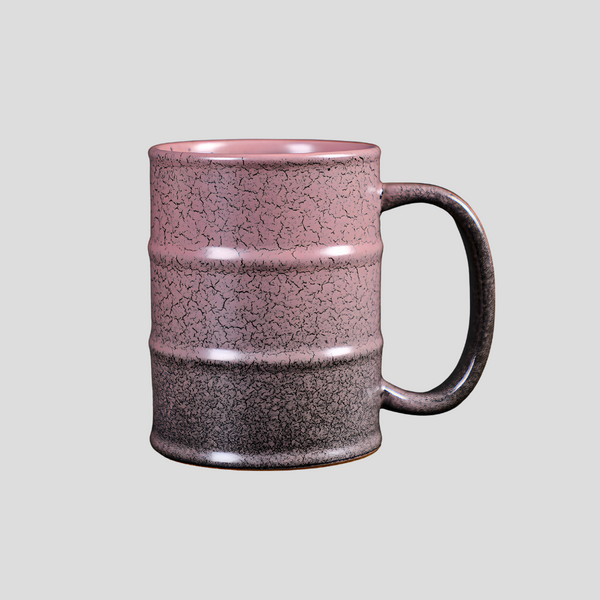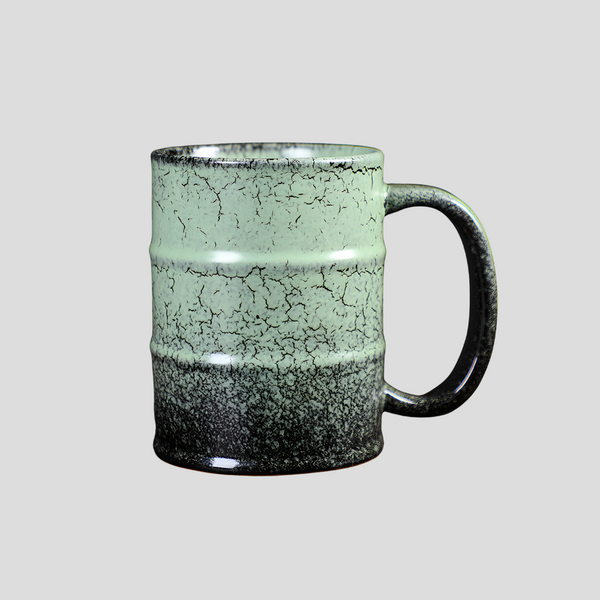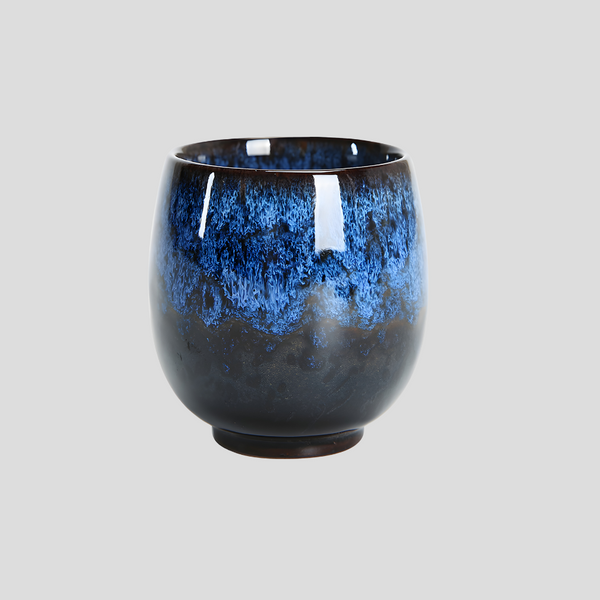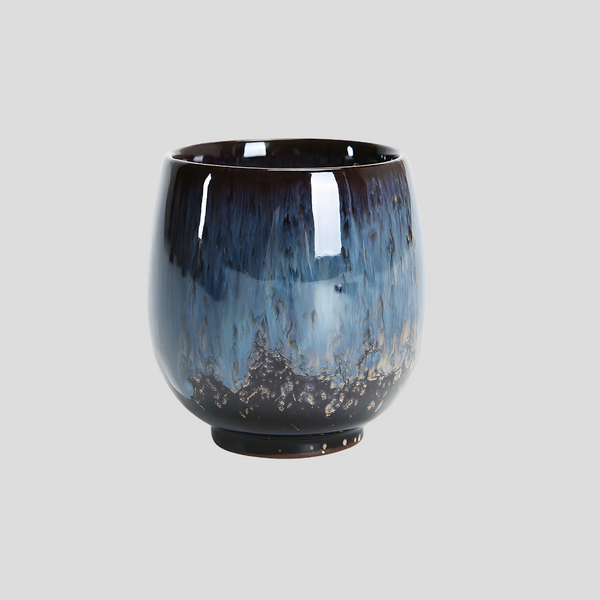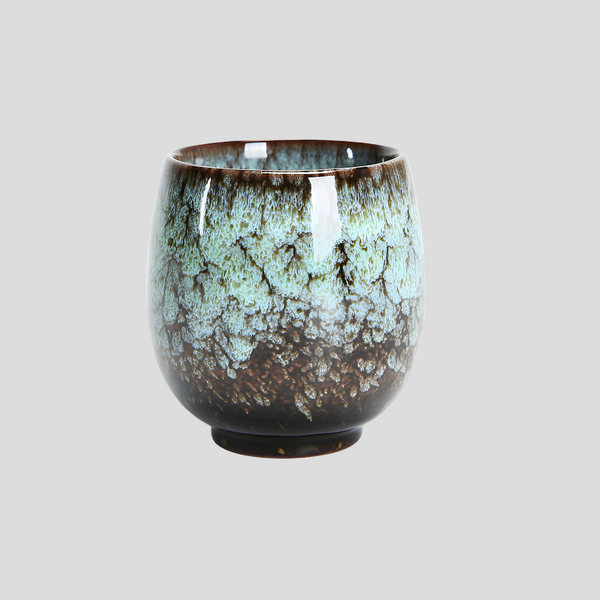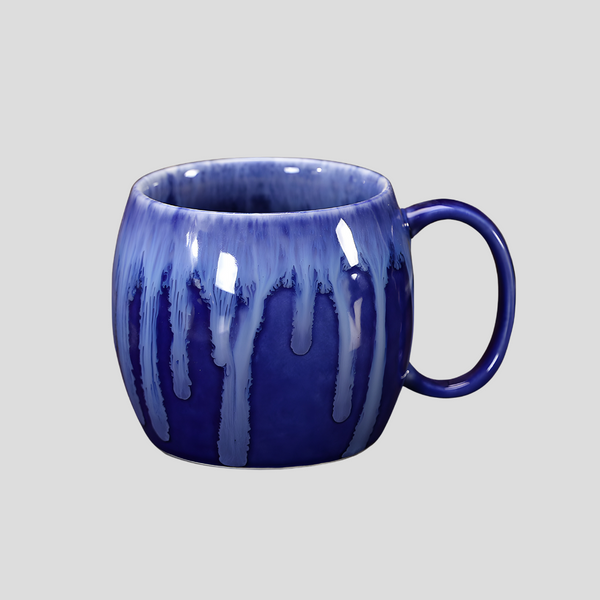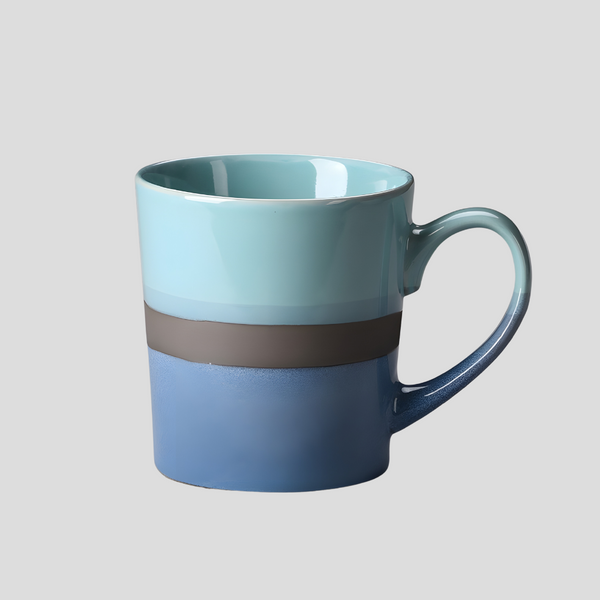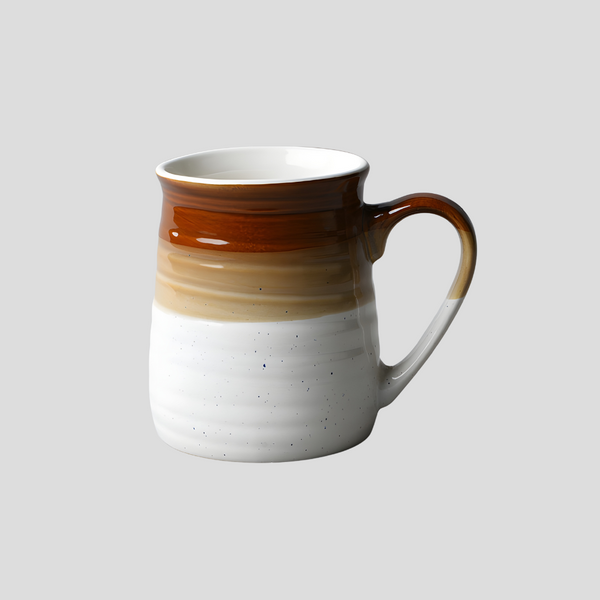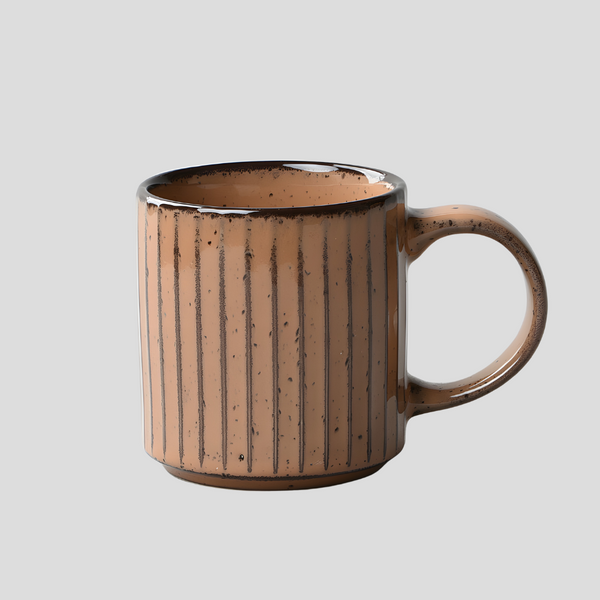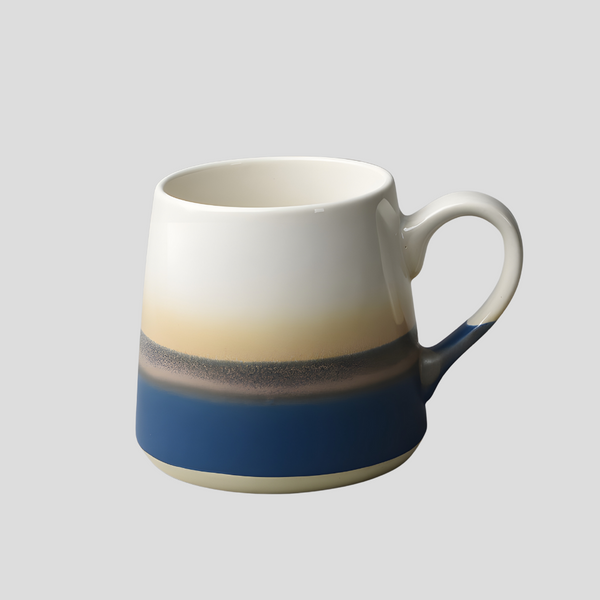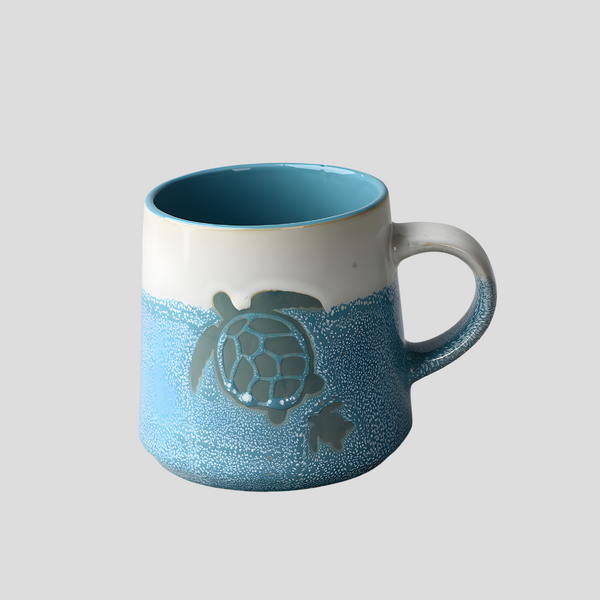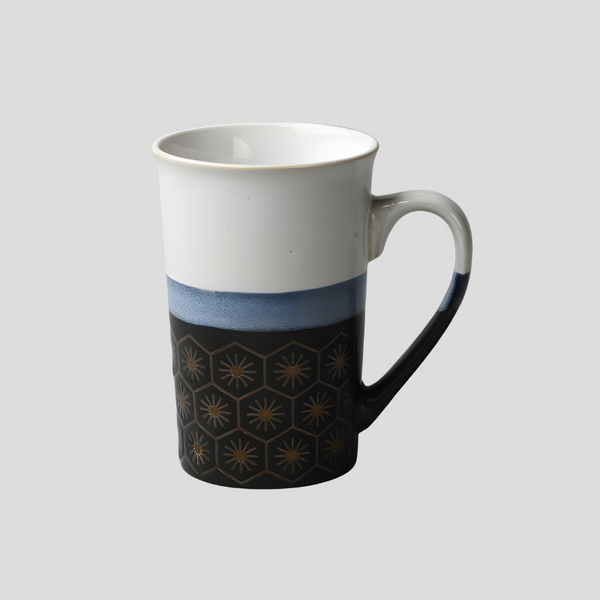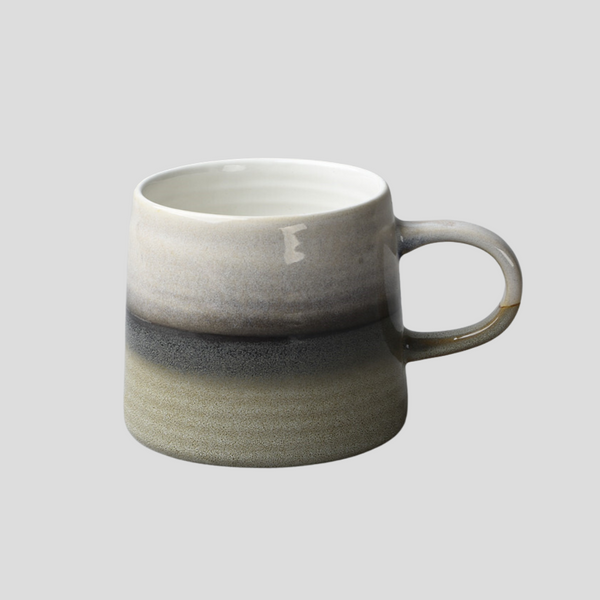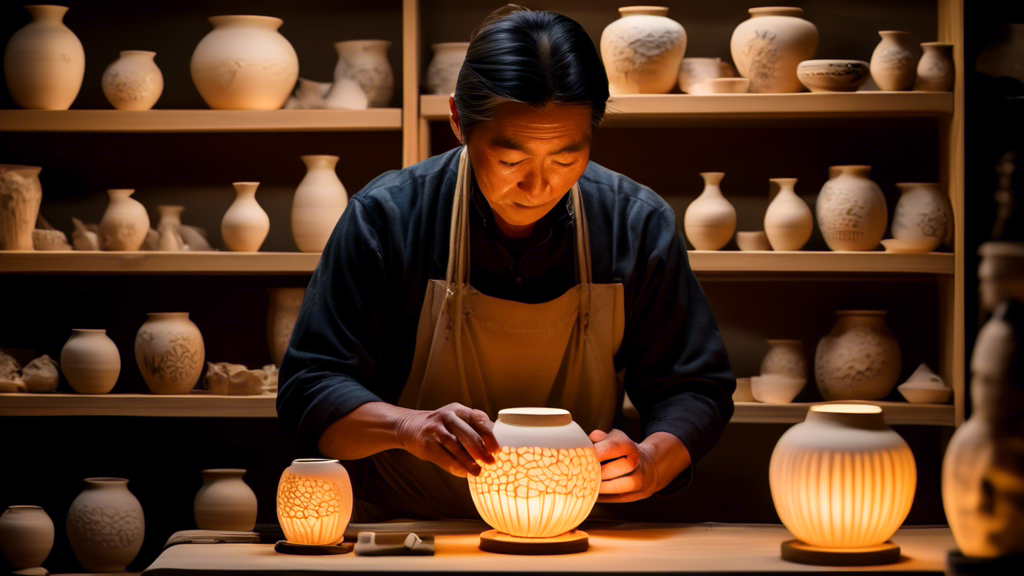
Exploring Seto Ceramics: Japan's Ancient Art Form
Exploring Seto Ceramics: Japan's Ancient Art Form
Seto ceramics, originating from one of Japan's oldest pottery-producing areas, encompasses a rich history and a diverse range of styles and techniques. The city of Seto, located in Aichi Prefecture, has been synonymous with ceramic production since the Kamakura period (1185–1333), making it a significant cultural and historical site. This article dives into the origins, characteristics, and enduring legacy of Seto ceramics, offering a glimpse into this ancient Japanese art form.
The Origins of Seto Ceramics
The roots of Seto ceramics date back to the Kamakura period when the first kilns were established in the Seto region. The area's abundant supply of clay and other necessary materials made it an ideal location for pottery production. It is often said that Kato Shirozaemon Kagemasa, better known as Toshiro, studied ceramics in China and brought back advanced techniques to Japan, significantly influencing Seto's ceramic tradition. The term Setomono became a generic term for ceramics in Japan, underscoring Seto's prominence in the Japanese pottery industry.
Characteristics of Seto Ceramics
Seto ceramics are characterized by their diverse range of styles, glazes, and techniques. Initially, Seto ware was heavily influenced by Chinese ceramics, particularly those from the Song dynasty, including celadon and tenmoku glazes. Over time, however, local artisans developed their unique styles and techniques, adapting to the demands and tastes of the Japanese market. One of the distinguishing features of Seto ceramics is the variety of glazes used, such as the ash glaze, celadon, and Seto black (Setoguro), which is praised for its deep, rich black color. Another notable technique is the intricate carving and relief work often found on Seto ware, demonstrating the high level of craftsmanship and artistry of Seto artisans.
Types of Seto Ceramics
Over the centuries, Seto ceramics have evolved into various forms, including tea ceremony utensils, tableware, vases, and decorative items. Some of the most well-known types of Seto ceramics include: - Seto Sometsuke: This style involves underglaze blue painting on white porcelain, often featuring landscapes, flora, and fauna motifs. - Oribe Ware: Associated with the tea ceremony, Oribe ware is known for its bold, irregular shapes and use of green copper glaze over a white or red slip. - Shino Ware: Recognizable by its thick white glaze that often allows the clay color to show through in spots, Shino ware is also closely associated with the tea ceremony. These types, among others, showcase the versatility and innovation of Seto ceramics throughout history.
The Legacy of Seto Ceramics
The legacy of Seto ceramics is not only preserved in museums and collections around the world but also lives on through contemporary artisans who continue to practice and evolve the craft. The region's commitment to preserving its ceramic tradition is evident in the establishment of various institutes and kilns dedicated to research, education, and production of Seto ware. Moreover, festivals and exhibitions celebrating Seto ceramics serve as a testament to the enduring appeal and relevance of this ancient art form. These events not only honor the rich history of Seto ceramics but also foster appreciation and interest among new generations and international audiences.
Conclusion
Seto ceramics represent a pivotal chapter in the history of Japanese art and culture, embodying centuries of tradition, innovation, and craftsmanship. From its ancient origins to its contemporary manifestations, Seto pottery remains a vibrant and dynamic art form, continually adapting while staying rooted in its rich heritage. Exploring the world of Seto ceramics offers a unique insight into the beauty and complexity of Japanese pottery, inviting us to appreciate the artistry and history that shape these remarkable creations.
Click this link to check out our ceramic artwork!